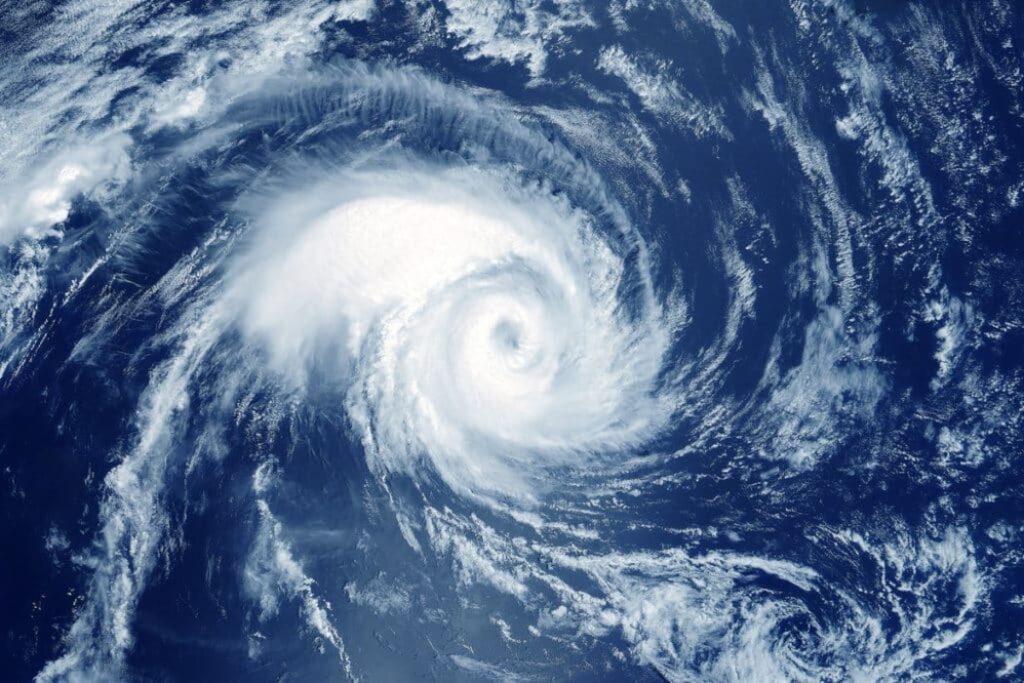NOAA Predicts a Below-Normal 2024 Central Pacific Hurricane Season
Posted
Last Updated
The 2024 central Pacific hurricane season outlook from forecasters at NOAA’s Central Pacific Hurricane Center and NOAA’s Climate Prediction Center, calls for 1–4 tropical cyclones across the central Pacific Hurricane region. A near-normal season has 4 or 5 tropical cyclones, which include tropical depressions, tropical storms, and hurricanes.
Overall, there is a 50% chance of below-normal tropical cyclone activity. The outlook also indicates a 30% chance of a near-normal season and 20% for an above-normal hurricane season across the central Pacific hurricane region. The central Pacific hurricane region is located north of the equator between 140°W and the International Date Line.
“Hurricane season in the central Pacific region is likely to be below average this year,” said Matthew Rosencrans, Lead Seasonal Hurricane Forecaster at NOAA’s Climate Prediction Center, a division of NOAA’s National Weather Service (NWS). “A key factor influencing our forecast is the predicted arrival of La Nina this summer, which typically contributes to less tropical cyclone activity across the central Pacific Ocean basin.”
As one of the strongest observed El Niño nears its end, NOAA scientists predict a quick transition to La Niña conditions. La Niña typically increases wind shear in the central Pacific region, making it harder for storms to develop. Forecasters look at a combination of atmospheric and oceanic conditions, climate patterns and climate models to develop the outlook.
The hurricane season outlook is a general guide to the overall seasonal tropical cyclone activity in the central Pacific basin and does not predict whether or how many of these systems will affect Hawaii. The central Pacific hurricane season begins June 1 and runs through November 30.
“As we look towards our coming hurricane season, we must prepare with the real possibility in mind that a hurricane could impact our community,” said Chris Brenchley, Director of NOAA’s Central Pacific Hurricane Center.
read more at ecomagazine.com.
